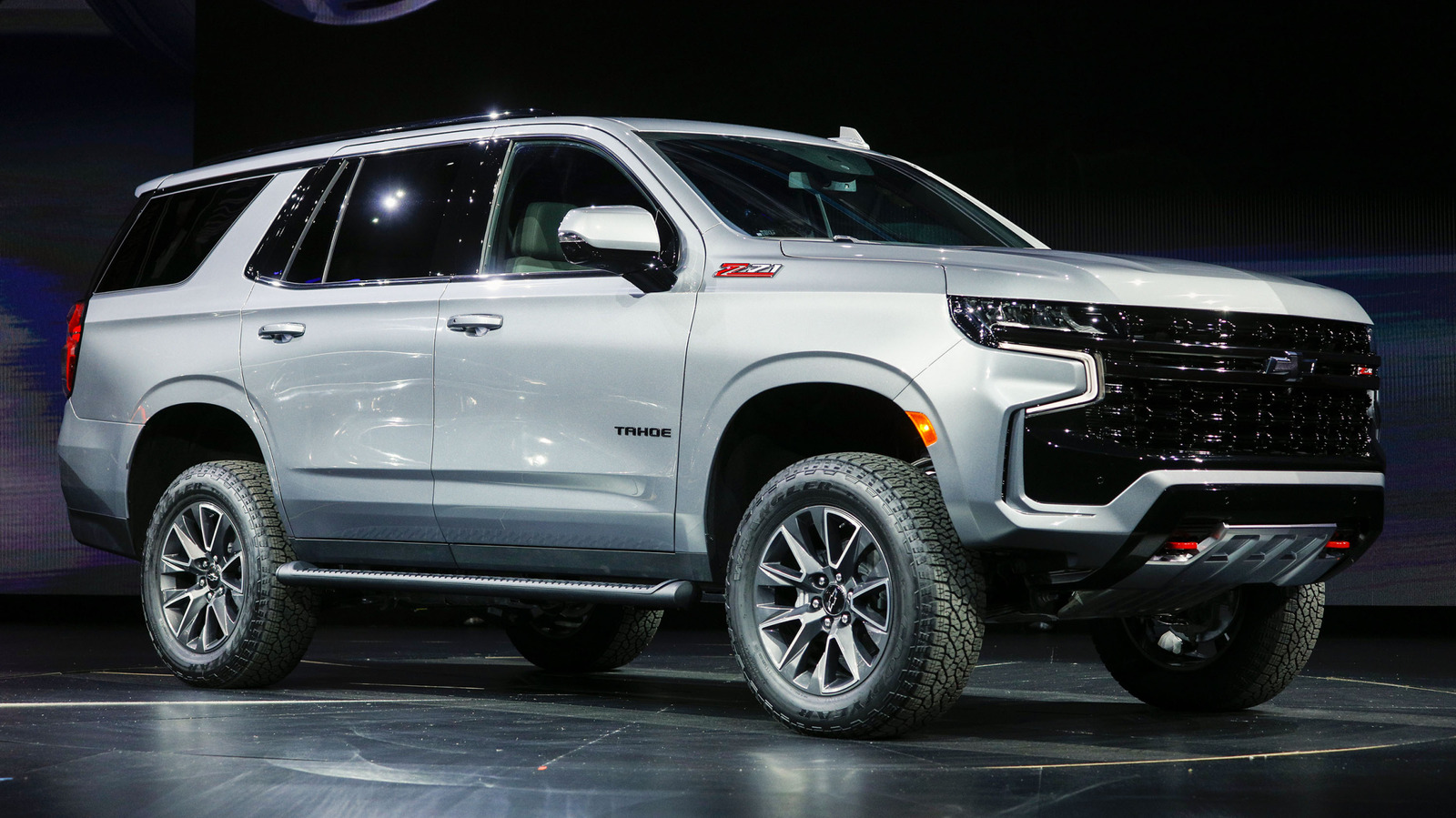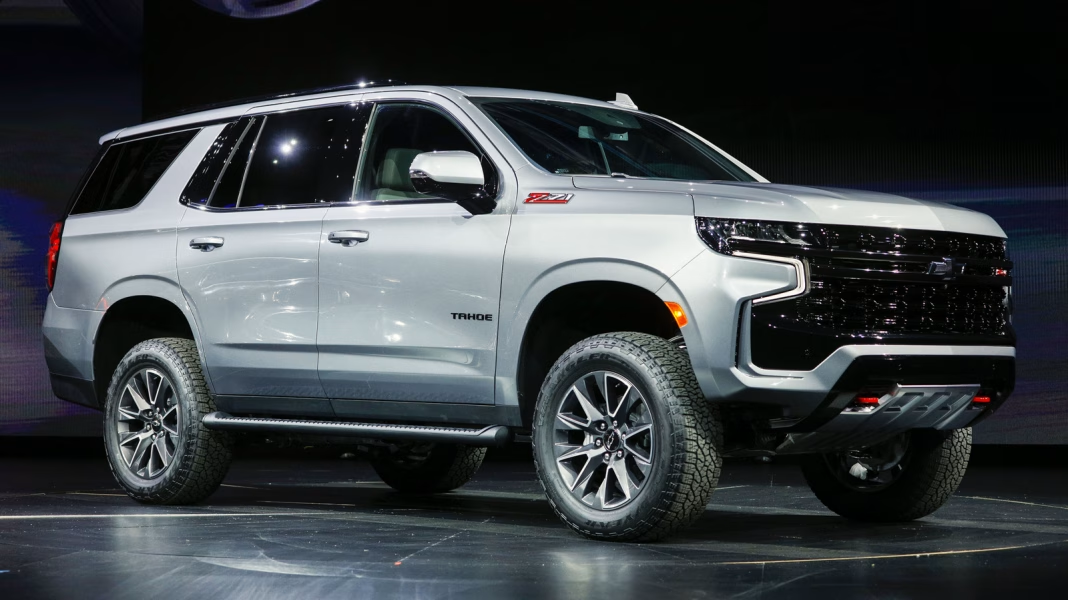What Makes the GM 5.3L V8 Ecotec3 Engine Stand Out?
If you’ve spent any time around full-size trucks or SUVs in the last decade, chances are you’ve heard about GM’s 5.3-liter V8 Ecotec3 engine. It’s a workhorse, powering everything from the Chevrolet Silverado to the GMC Yukon. But what really sets this engine apart? For starters, it’s surprisingly fuel-efficient for a V8, thanks to direct injection, variable valve timing, and cylinder deactivation. Real-world drivers often report highway mileage in the low 20s mpg—impressive for a vehicle that can tow a boat or haul a bed full of lumber.
Beyond fuel economy, the Ecotec3 is known for its smooth power delivery and reliability. The aluminum block keeps weight down, while the advanced combustion technology means you get solid performance without sacrificing efficiency. It’s a blend of old-school muscle and modern engineering, which is no small feat in today’s market.
What Are the Most Common Issues With the 5.3L Ecotec3?
No engine is perfect, and the 5.3L Ecotec3 has its quirks. Three issues tend to crop up more than others: excessive oil consumption, lifter failure, and carbon buildup.
Let’s talk oil consumption. Some owners notice their trucks burning through oil faster than expected, sometimes even before the next scheduled change. This isn’t just an annoyance—it can lead to engine wear if left unchecked. The culprit? Often, it’s related to the Active Fuel Management (AFM) system, which shuts down half the cylinders under light loads to save fuel. While clever, this can sometimes cause oil to sneak past the piston rings.
Next up: lifter failure. This is a headache, especially for models equipped with AFM. When a lifter sticks or collapses, you’ll hear a telltale ticking noise, and performance takes a nosedive. In some cases, it can even trigger a check engine light. GM has issued technical service bulletins and made design tweaks over the years, but if you’re shopping for a used truck, it’s worth checking the service history for any lifter work.
Finally, carbon buildup. Direct injection engines like the Ecotec3 are prone to carbon deposits on intake valves because fuel doesn’t wash over them during combustion. Over time, this can lead to rough idling, hesitation, or even misfires. Regular maintenance and the occasional use of top-tier fuel can help, but it’s something to keep on your radar.
How Can You Prevent or Address These Problems?
The good news: most of these issues are manageable with a little know-how and proactive care. For oil consumption, keep a close eye on your oil level between changes—don’t just rely on the oil life monitor. If you notice a drop, mention it to your mechanic. Some owners opt to disable the AFM system with aftermarket tuners, but this can have warranty implications, so weigh your options carefully.
When it comes to lifter problems, regular oil changes with high-quality synthetic oil can help minimize wear. If you start hearing unusual noises, don’t ignore them. Early intervention can prevent a minor issue from becoming a major repair. Some shops recommend switching to a non-AFM camshaft and lifters if you’re out of warranty and want long-term peace of mind.
For carbon buildup, consider periodic intake cleaning services—some dealerships offer walnut blasting or chemical treatments. Using high-quality gasoline and occasionally running the engine at higher RPMs (within reason) can also help keep things cleaner.
How Does the 5.3L V8 Compare to Other Truck Engines?
Stack the Ecotec3 up against rivals like Ford’s 5.0L Coyote V8 or Ram’s Hemi, and it holds its own. The GM engine often edges out the competition in real-world fuel economy, and its torque curve is well-suited for towing and daily driving. According to a 2023 J.D. Power survey, GM’s V8-powered trucks scored above average for owner satisfaction, with many drivers citing the balance of power and efficiency as a key reason.
That said, some competitors have sidestepped the AFM-related issues by using different cylinder deactivation strategies or skipping the feature altogether. If you’re cross-shopping, it’s worth considering how each engine’s quirks line up with your priorities—whether that’s long-term reliability, towing capacity, or fuel savings.
What’s the Real-World Experience of Owners?
Talk to a few owners, and you’ll hear a mix of praise and constructive criticism. Many appreciate the engine’s grunt and the way it makes a heavy truck feel lively. Others mention the peace of mind that comes from a powertrain with a solid track record—GM’s small-block V8 architecture has been around, in one form or another, for decades.
On the flip side, some folks have been frustrated by unexpected trips to the shop for oil or lifter issues. Still, with regular maintenance and a bit of vigilance, most drivers rack up well over 100,000 miles without major drama. There are plenty of stories online of 5.3L engines crossing the 200,000-mile mark with just routine care.
The Big Takeaway
The 5.3L V8 Ecotec3 isn’t about perfection—it’s about smarter adjustments. Start with one change this week, and you’ll likely spot the difference by month’s end. Whether that’s checking your oil more often, using better fuel, or just listening for new noises, a little attention goes a long way. This engine rewards drivers who stay engaged—and that’s a pretty good deal in the world of modern trucks.


